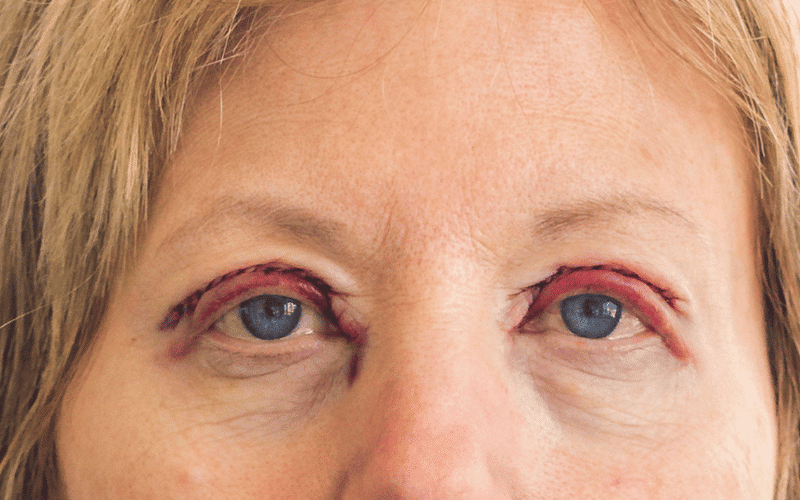4. The Ominous Sign of Eyelid Drooping

Notably, the fourth crucial symptom to look out for in CST is eyelid drooping, or ptosis. Much like pupil dilation, ptosis also comes about due to compression of the oculomotor nerve. Responsible for controlling several eye muscles, any pressure on this nerve can impair its ability to maintain normal eyelid position, resulting in a drooping effect.
Ptosis in CST is often unilateral, affecting only one eye. The droopiness could range from subtle, where only a slight difference is observable between the two eyes, to severe, where the eyelid might cover the entire pupil. However, unlike some other conditions causing ptosis, those with CST can’t voluntarily lift the droopy eyelid, highlighting another distinguishing feature.
While the drooping eyelid can be an inconvenient cosmetic issue, its implications go beyond the surface. It is an alarming symptom that calls for immediate medical attention, particularly if it co-exists with the previously discussed symptoms. (4)